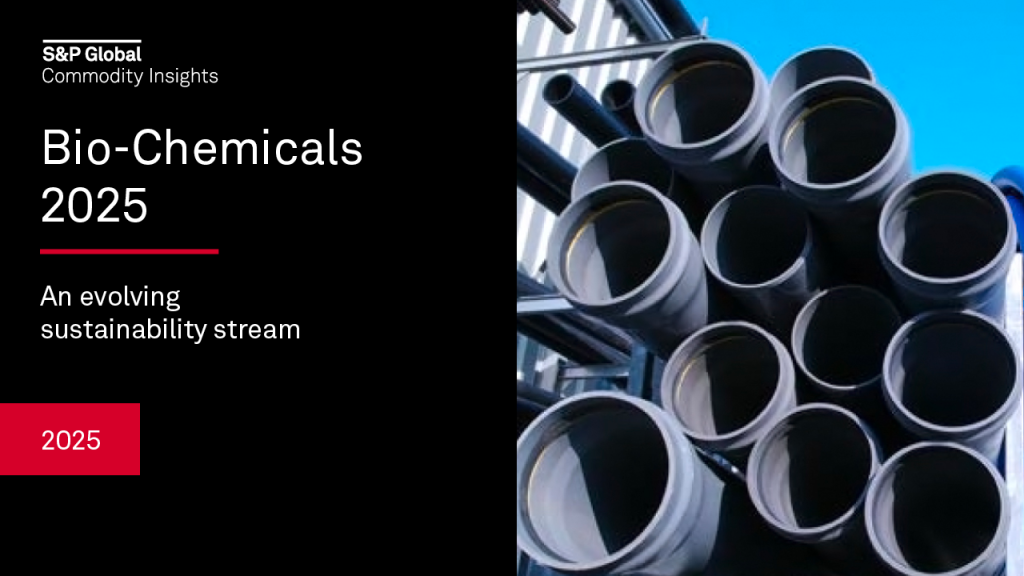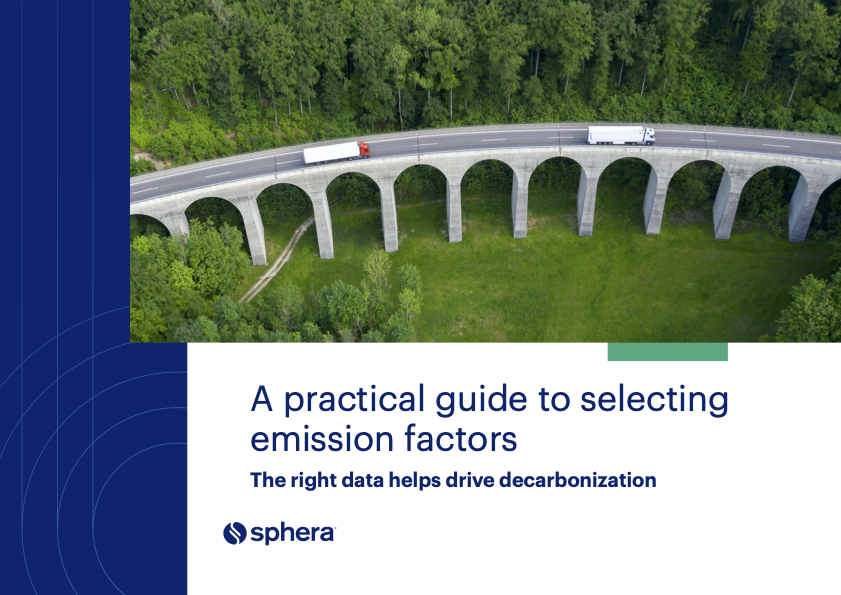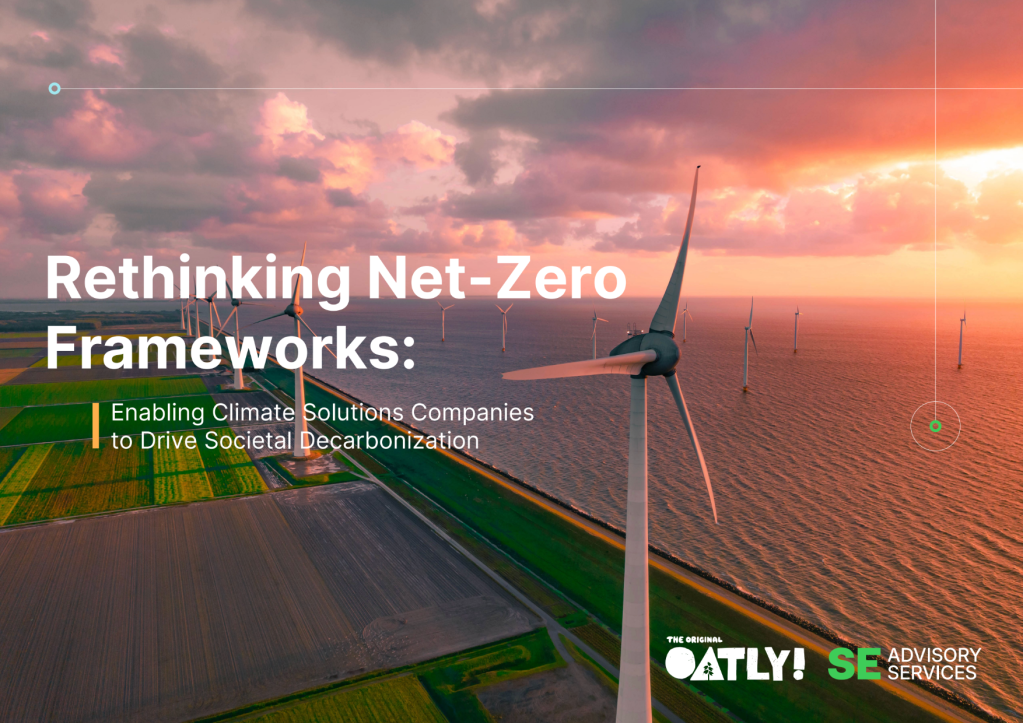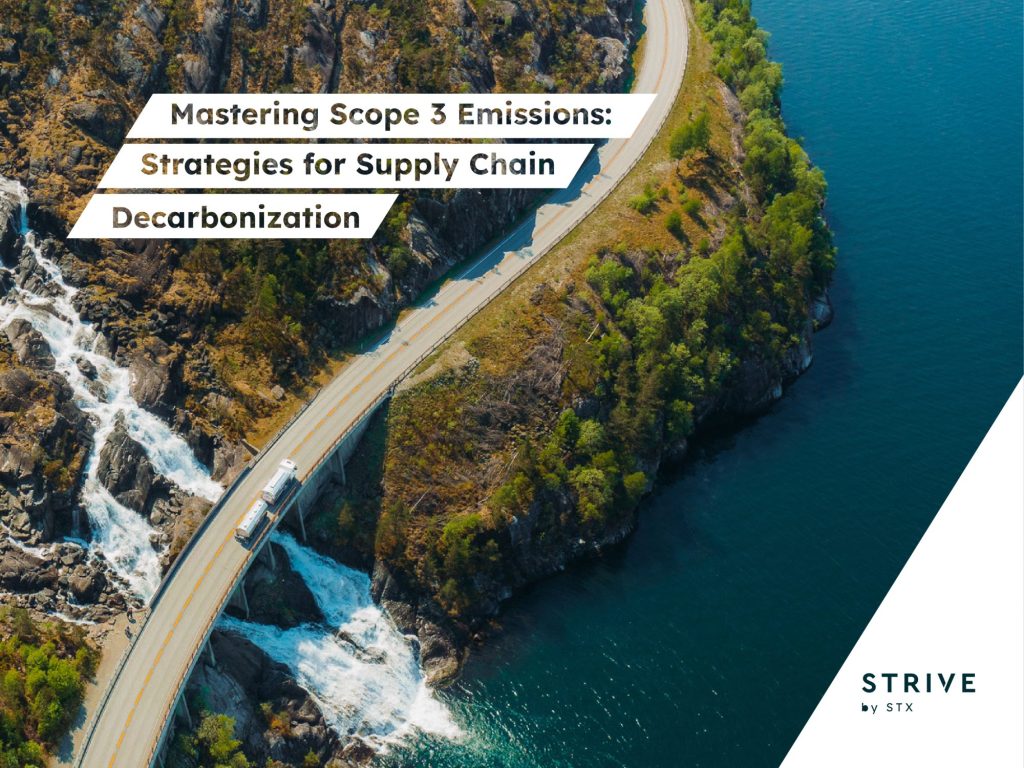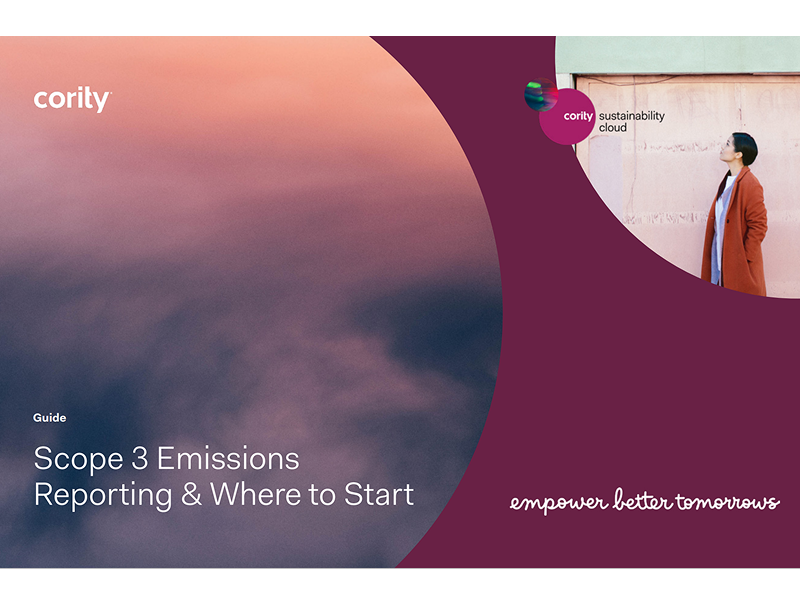What you should know about ISO’s forthcoming first net-zero standard
The international standard, coming in late 2025, will require ongoing verification. Read More

The International Organization for Standardization, the global authority for organizational management, manufacturing and technology standards, is preparing to publish its first standard for “net zero” in late 2025.
The standard will build on guidelines ISO released in 2022 during the COP27 climate negotiations in Egypt. The multi-sector working group that defined that document included many stakeholders from the public and private sectors, including Amazon, FedEx, Google, Intel, Mars, McDonald’s and Meta. Some recommendations those guidelines make, which will be considered for inclusion the standard draft:
- Consider all relevant greenhouse gas emissions more carefully for reductions.
- Limit the use of offsets only to “high-quality” removals that are permanent and that benefit local ecosystems and communities.
- Seek to reach a state where removals exceed GHG emissions.
- Promote the use of circular economy processes such as materials reuse or product refurbishment.
- Prioritize decision-making based on scientific and Indigenous knowledge.
The decision to turn the guidelines into a full-blown net-zero standard was motivated by the need to get more countries, cities and organizations to set credible greenhouse gas emissions reductions targets that can be validated on an ongoing basis, said Noelia Garcia Nebra, head of sustainability for the organization.
“Businesses recognize the value of an ISO standard,” Nebra said. “They recognize the guidance and support that ISO standards give.”
Why ISO matters
ISO represents 170 national standards bodies. Over its nearly 80 years of existence, it has published more than 25,000 international standards and documents covering products, services, processes and systems. ISO already governs close to 600 standards related to energy, circularity and environmental management. Another active area of discussion centers on best practices for building corporate climate transition plans, according to Nebra.
“They’re kind of the U.N. of standards bodies, because they have a lot of the national standard bodies involved,” said Emma Stewart, chief sustainability of Netflix, pointing to ISO’s name recognition among corporate leaders across many operational functions. “They are phenomenal at developing the process and technical governance for global standards.”
ISO’s work is happening in parallel with the Science Based Targets initiative’s overhaul of the Corporate Net Zero standard, a revision required under SBTi’s governance structure. The draft of that update is due in December.
Decoding the Voluntary Carbon Market: 2024 Trends and Future Outlook

Netflix has a net-zero commitment, but its long-term target hasn’t been validated by SBTi, the de facto standards body for corporations making net-zero claims. Netflix is interested in the role ISO could play in bolstering credibility for net zero amid intense public scrutiny. The company is part of technical advisory groups for both standards, Stewart said.
“ISO standards are assurable, all that good stuff that auditors and governments will want to seek,” Stewart said.
Capgemini North America manages its climate and environmental strategies using the ISO 14001 environmental management certification and many clients expect this proof, said Andrew Peterson, sustainable manager at the professional services firm.
Capgemini’s France-based parent organization has a corporate net-zero target and has worked with SBTi for a long time. ISO’s focus on providing ongoing verification of progress toward claims, something that SBTi doesn’t tackle, is unique. “That is something that is missing right now,” Peterson said. “We want to demonstrate that we take this seriously.”
3M, which does not have an official corporate net-zero target, is also closely watching the ISO development process, although it is not formally involved, said Gayle Schueller, chief sustainability officer for the company. What’s particularly appealing is ISO’s legacy of process documentation and best practices, she said.
“Customers trust ISO,” Schueller said. “Our management knows to trust ISO.”
The ISO development process
The new standard is being shaped by a working group of close to 150 experts from the private sector, academia, NGOs and civil society — one of ISO’s biggest committees, said ISO’s Nebra. ISO helps with coordination, but the process is being convened by the British Standards Institution (BSI), the U.K. national standard organization, and ICONTEC, which serves the same role for Colombia.
Both SBTi and the Greenhouse Gas Protocol, which governs the rules by which emissions are measured and is working on revisions of its own, are involved in the working group, she said.
The 48-page guidelines document that will serve as the foundation for the new ISO net zero standard sets out to “complement voluntary initiatives and facilitate alignment, so that any organization looking to make or support a net-zero claim takes a similar approach regardless of the initiative it is associated with.” Some priorities the guidelines advocate:
- Ensuring input from the Global South.
- Offering guidance for interim targets, which ISO suggests should be set every two to five years, including a minimum ambition to halve greenhouse gas emissions every decade.
- Encouraging reductions of methane emissions by at least 30 percent by 2030.
- Including actions that protect biodiversity.
- Aligning territorial approaches to net zero by nations, regions and cities.
- Defining methods by which corporations and other organizations consider suppliers and customers as part of greenhouse gas emissions reductions.
- Enabling more organizations to participate, including small and midsize businesses.
The goal over the next 12 months is to create a “seed document” that’s voted on and approved by ISO member countries before November 2025, when the COP30 climate conference meets in Brazil, Nebra said. “This is quite a sprint for an important document,” she said.
[Get up to speed on the latest decarbonization standards and trends at the premier annual climate tech conference, VERGE 24 (Oct. 29-31, San Jose).]

